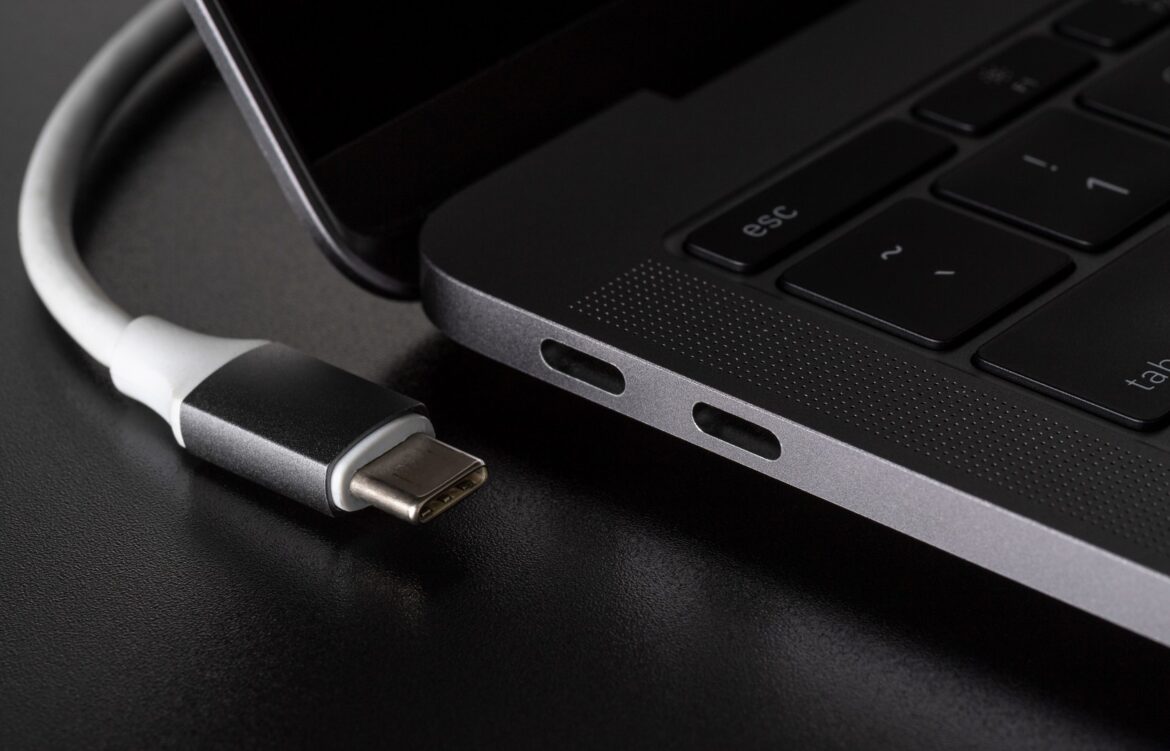1.3K
It is possible to charge your laptop via USB-C. There are certain points to consider, for example the compatibility of the device.
Charge your laptop via USB-C: Requirements
You can theoretically charge your laptop battery via a USB-C port. However, certain points must be observed:
- Not every USB-C port is suitable for charging the device. Most ports are only suitable for data transfer or charging other devices via the laptop.
- You can tell if your laptop has a USB-C charging port by an additional symbol right next to or above the port. Usually this is a battery, more rarely a plug symbol.
- Further, you can check your old charging cable for a USB-C connector. If you charge the device via this, you can also use other USB-C chargers.
- You must be prepared for possible limitations on the part of the laptop manufacturer. Other chargers are not always compatible with your device.
-
USB-C charger: note performance
The charger you choose plays an important role when charging your laptop via USB-C.
- Primarily, the power of the device matters. It must be at least equal to the power required for the laptop to charge. Higher values are also possible.
- On average, most laptops require a charger with a power rating of 40 to 100 watts. Many USB-C chargers offer this and are therefore suitable for charging.
- Gaming laptops and some workstation models require significantly higher power. Here, required powers of up to 250 watts can be present, especially when the devices are running at full speed.
- USB-C supports power of up to 240 watts. However, gaming and workstation laptops can still be charged via USB-C using a weaker power supply when they are switched off.
- Further, when using a USB-C charger in the form of a hub, be careful not to plug in other devices when charging the laptop. This will give the laptops more power and charge faster.

